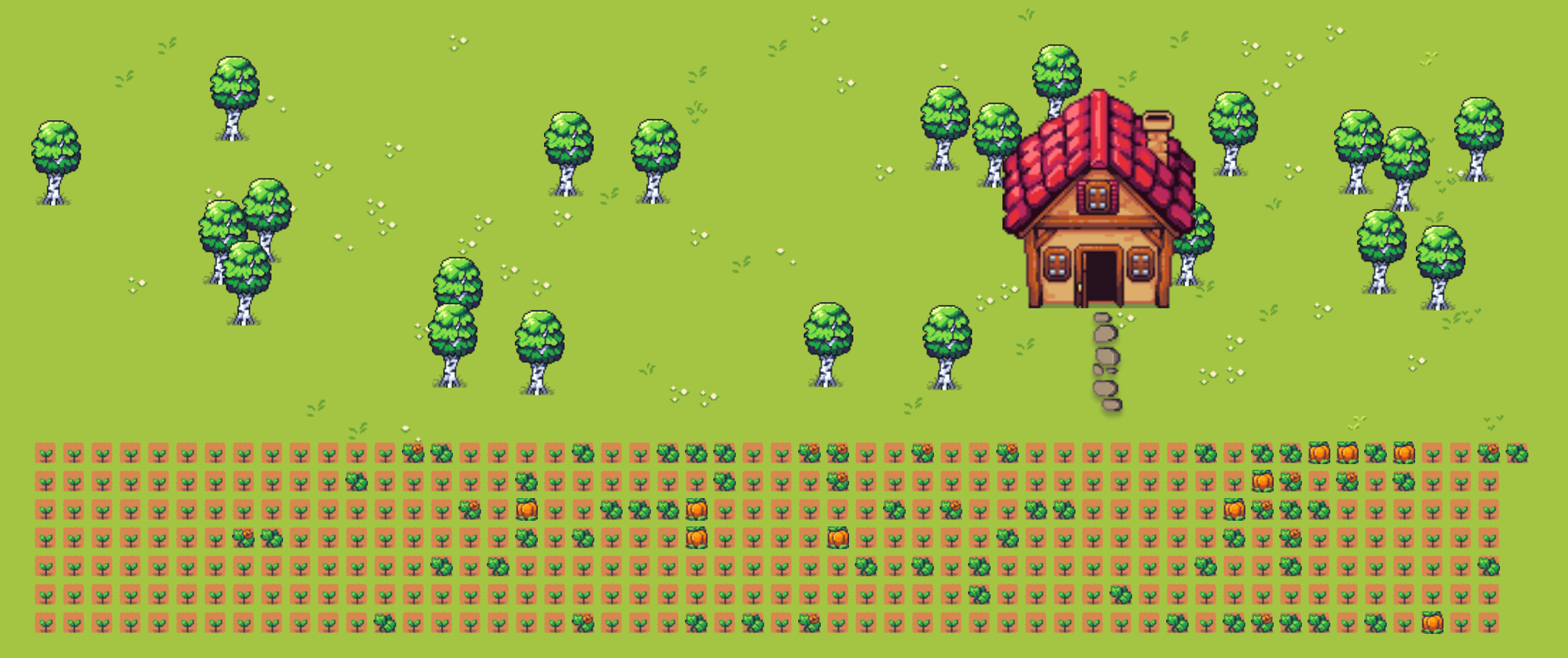워드프레스 댓글 템플릿 만들기

간단하게 티스토리에서 치환자 써서 만들듯이 워드프레스의 댓글 템플릿을 제작하는 방법입니다.
index.php에 전부 구겨 넣으셔도 되고, single.php처럼 필요한 부분에 따로 추가하셔도 물론 작동은 하지만, 여러 군데서 돌려쓰시려면 comments.php 파일을 생성하시는 게 가장 편합니다.
생성한 탬플릿은 comments_template으로 불러올 수 있습니다. 기본적으로 comments.php의 내용을 가져오지만, 별도의 파일을 인자로 넘겨주실 수도 있습니다.
댓글 목록 출력은 wp_list_comments
로 하실 수 있으며, callback이나 walker를 추가하셔서 구조를 변경하실 수 있습니다. get_comments로 댓글 배열을 받아온다거나 하는 방법도 존재하긴 하지만, 이 방법이 훨씬 직관적이리라 보고 이 방법으로 소개합니다.
callback
<?php
function format_comment($comment, $args, $depth)
{
$isAuthor = $comment->user_id == 1 ?>
<li <?php comment_class(); ?> id="comment-<?php comment_ID(); ?>">
<div class="avatarWrap overHidden"><?php
$author_link = get_comment_author_url();
if ($isAuthor) : ?>
<img src="https://cdn.jsdelivr.net/gh/marshallku/wp@1.0.0/images/marshall-logo.svg" alt="author" width="40" height="40">
<?php else : ?>
<img src="https://cdn.jsdelivr.net/gh/marshallku/wp@1.0.0/images/loader.svg" data-avatar="<?php echo get_avatar_url($comment->comment_author_email, ['size' => '40']); ?>" alt="profile" class="avatar lazyLoad" width="40" height="40" data-index="<?php echo get_comment_author_IP()[1]; ?>">
<?php endif; ?>
</div>
<div class="c-head">
<?php if ($isAuthor) : ?>
<a href="https://marshallku.com" class="name">Marshall K</a>
<?php else : ?>
<span class="name pseudo-link" <?php
if ($author_link) {
echo 'data-uri="' . $author_link . '"';
} ?>><?php
echo get_comment_author();
?></span>
<?php endif; ?>
</div>
<div class="c-bubble">
<?php if ($comment->comment_approved == 0) : ?>
<div class="c-text">관리자의 승인을 기다리는 중인 댓글입니다.</div>
<?php else : ?>
<div class="c-text"><?php comment_text(); ?></div>
<?php endif; ?>
</div>
<time><?php echo get_comment_date(); ?></time>
<div class="c-bottom"><?php
echo edit_comment_link('수정');
comment_reply_link(array_merge(
$args,
array(
'reply_text' => '답글',
'depth' => $depth,
'max_depth' => $args['max_depth']
)
));
?></div>
</li>
<?php } ?>
간략한 예시를 위해 제가 사용하던 코드를 들고왔습니다.
comment_class와 comment_ID를 추가하는 것까진 기본적인 워드프레스의 동작을 위해 해주시는 게 좋을 거라 봅니다.
나머지는
get_comment_author(혹은$comment->comment_author) : 작성자 이름get_comment_author_url(혹은$comment->comment_author_url) : 작성자 urlget_avatar_url: 작성자 Gravatar (comment_author_email을 인자로 넘겨줘야 합니다.)get_comment_text(혹은$comment->comment_content) : 댓글 내용get_comment_date(혹은$comment->comment_date) : 댓글을 작성한 날짜comment_reply_link: 답글 작성용 링크 (인자로 넘겨준 값들 참고해주세요.)
등을 잘 활용하셔서 구조를 만들어가면 됩니다. 전 echo get_comment_text() 대신 comment_text()를 사용했는데, get_comment_text로 출력하면 순수하게 문자열만 출력돼서, p 태그를 자동으로 추가하려고 comment_text를 사용했습니다.
답글은 comment_reply_link로 주소를 바꿔버리는 대신 댓글 입력 폼의 input[name="comment_parent"]의 value를 댓글 id로 수정하셔도 작동합니다. 답글 링크 클릭할 때마다 페이지가 바뀌는 게 거슬리시면 JS로 input의 value를 수정해주세요.
wp_list_comments(array(
'style' => 'ul',
'callback' => 'format_comment'
));
작성이 끝나시면 wp_list_comments의 인자로 넘겨주는 array에 callback으로 함수명을 넘겨주시면 됩니다.
walker
조금 더 근간을 뜯어고치고 싶으실 때 사용하시면 됩니다.
class comment_walker extends Walker_Comment
{
public $tree_type = 'comment';
public $db_fields = array(
'parent' => 'comment_parent',
'id' => 'comment_ID'
);
// 댓글 리스트 시작
function __construct() { ?>
<section>
<?php }
// 댓글 리스트 끝
function __destruct() { ?>
</section>
<?php }
// 답글 목록 시작
function start_lvl(&$output, $depth = 0, $args = array())
{
$GLOBALS['comment_depth'] = $depth + 2;
?>
<ul class="children">
<?php }
// 답글 목록 끝
function end_lvl(&$output, $depth = 0, $args = array())
{
$GLOBALS['comment_depth'] = $depth + 2;
?>
</ul>
<?php }
// 댓글 시작
function start_el(&$output, $comment, $depth = 0, $args = array(), $id = 0)
{
$depth++;
$GLOBALS['comment_depth'] = $depth;
$GLOBALS['comment'] = $comment; ?>
<li <?php comment_class(); ?> id="comment-<?php comment_ID(); ?>">
<div class="author">
<div class="author__avatar">
<img src="<?php echo get_avatar_url(
$comment->comment_author_email,
['size' => '40']
); ?>" alt="" class="author__avatar__img">
</div>
<div class="author__name">
<a href="<?php echo $comment->comment_author_url; ?>"><?php echo $comment->comment_author ?></a>
</div>
</div>
<div class="content">
<?php comment_text(); ?>
</div>
<time class="date"><?php echo get_comment_date('Y-m-d'); ?></time>
<div class="manage"><?php
echo edit_comment_link('수정');
comment_reply_link(array_merge(
$args,
array(
'reply_text' => '답글',
'depth' => $depth,
'max_depth' => $args['max_depth']
)
));
?></div>
<?php }
// 댓글 끝
function end_el(&$output, $comment, $depth = 0, $args = array()) { ?>
</li>
<?php }
}
보이는 것처럼 callback에선 수정할 수 없던 부분까지 수정할 수 있어서, 전 댓글 목록을 JSON으로 만드는 데 사용했습니다. 워드프레스에서 제공해주는 API가 있긴 하지만, 답글이 따로 분리가 안 돼 있어서 상당히 불편하더라고요.
댓글 목록 내부를 수정하는 건 상술한 것과 크게 다르지 않으니 넘어가겠습니다.
wp_list_comments(array(
'style' => 'ul',
'walker' => new comment_walker()
));
작성이 끝나시면 이번엔 walker에 객체를 생성해서 넘겨주시면 됩니다.


댓글을 불러오는 중...